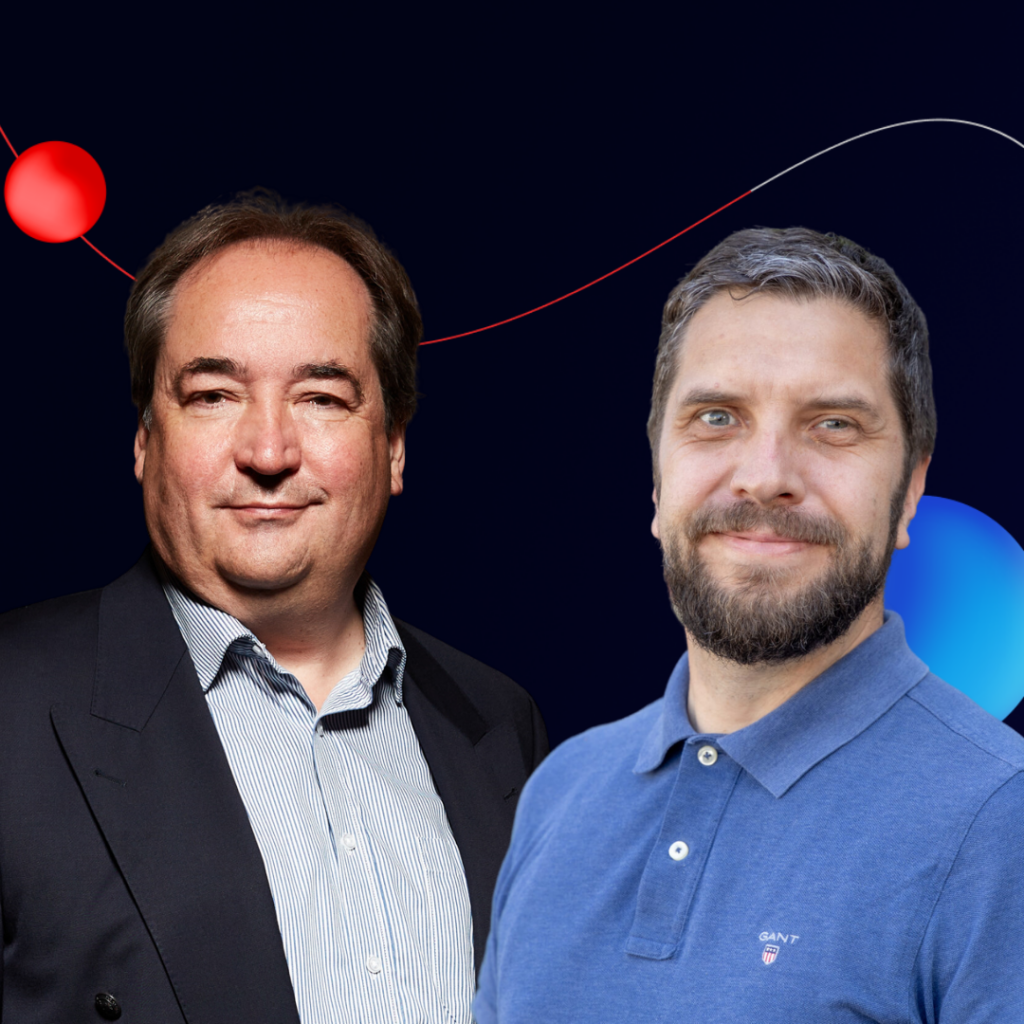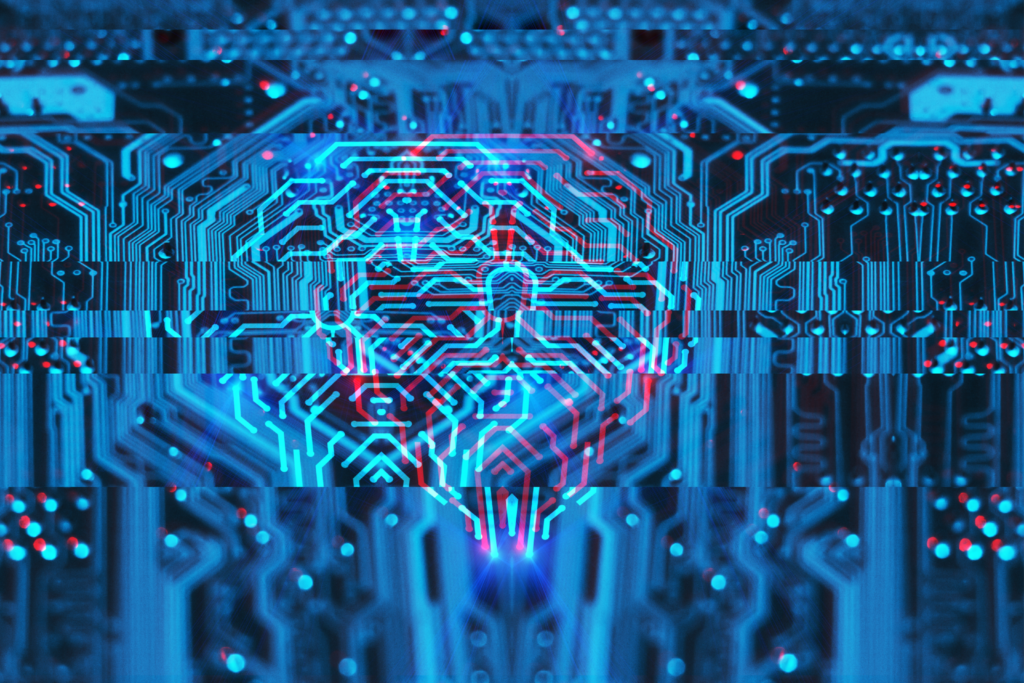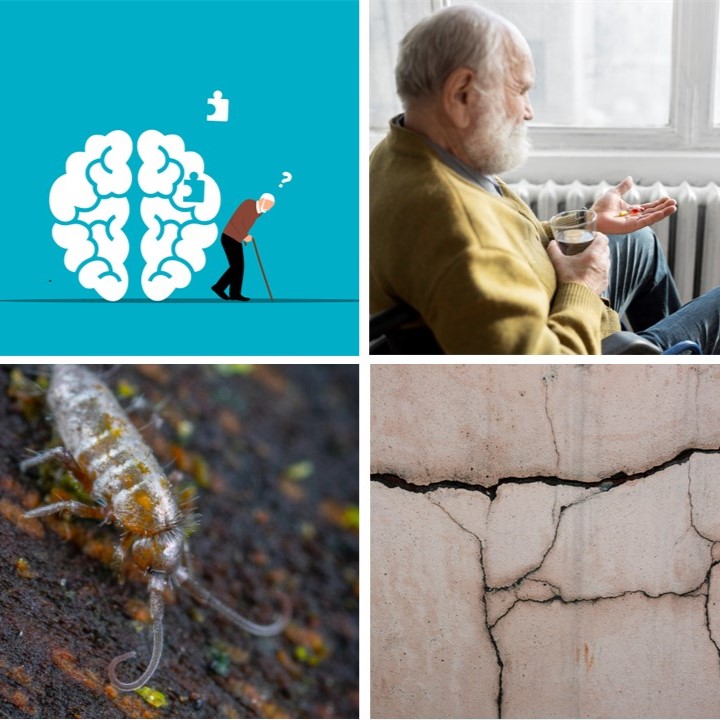10 selected Research Luxembourg results – April 2023
19 June 2023

Luxembourg News in Science & Research
An aid for stressed plants; the drugs of our evenings; a new molecule against cancer: here are the latest scientific news from the Luxembourg research ecosystem.
Flickr, Adobe Stock, Craiyon, Night Café
Can artificial intelligence guide our artistic choices?
The answer obviously depends on our expectations! AI could, for example, provide personalised content in line with our artistic interests and preferences. In particular – as this new study shows – when choosing a painting.
Computer scientists at the University of Luxembourg have succeeded in ‘feeding’ an AI with sufficient visual and textual data on works of art, enabling it to detect the underlying themes, analyse user preferences and even the emotions aroused (for example calm or anxiety). Armed with this information, the AI can then extract similarities between the works and make appropriate suggestions, despite the highly subjective nature of our choices. It remains to be seen whether this is an enrichment, or a limitation that locks us into our preferences.
These conclusions were presented at the International Conference on Human-Computer Interaction (CHI’23) on 26 April 2023 in Hamburg.
To the press release / To the publication
How can you help a stressed plant?
Luxembourg Institute of Science and Technology (LIST)
It is possible to de-stress a green plant. It certainly cannot move to escape a source of discomfort or do yoga to relax. But it can absorb silicon-stabilised hybrid lipid nanoparticles. And according to a team of researchers from the Environmental Research and Innovation (ERIN) department at LIST, this could help.
In this study, tomato plants were subjected to salt stress. The nanoparticles, also known as “phytocourriers”, acted as messengers, delivering to the plants the necessary substances to help them resist: in particular, quercetin and salicylic acid. Quercetin is an antioxidant known for its ability to protect against stress.
The unique aspect of this technology is that these nanoparticles are totally biocompatible with plants and non-toxic; the beneficial effects described in the study have never been reported in the literature before.
To the press release / To the publication
What drugs are circulating at parties in Luxembourg?
Laboratoire national de santé (LNS)
Taking drugs at parties is nothing new – but the nature and availability of the substances used are. A research project by the LNS and the not-for-profit association 4Motion collected and analysed 117 drug samples from consumers at festivals and nightclubs in 2022. Among these samples, 10 did not contain the substance expected by the consumer. In addition, unknown psychoactive substances were found, showing that the market is shifting and unpredictable. As the saying goes: anything that makes an impression will one day be sold and consumed.
And what exactly is involved? MDMA, cocaine, amphetamines, ketamine, LSD… the list goes on.
This project is of particular interest at European level as a means of combating the introduction of new psychoactive substances, a trend that is currently on the rise.
To the press release / Further information
The link between genetics, brain structure and intelligence
Faculty of Humanities, Education and Social Sciences (FHSE), University of Luxembourg
Defining intelligence is no simple task – establishing the link between intelligence and heredity even less so. Researchers at the Ruhr-University Bochum and the University of Luxembourg have set themselves the task.
By simultaneously analysing genetic data, medical imaging data and intelligence tests, they found that certain areas of the brain, linked to certain genetic variations, were associated with better cognitive abilities. More specifically, the surface area and structural connectivity (i.e. the way in which these areas are linked together) of the frontal, sensory, motor, temporal and anterior occipital regions, in relation to genetic variation, were found to influence general intelligence. In addition, the volume of cortical grey matter is positively associated with intelligence: the more neurons there are, the more synapses there are, and the greater the computing power.
The scale of the data used in this study is unprecedented.
To the press release / To the publication
A new molecule joins the fight against cancer
Luxembourg Institute of Health (LIH)
In oncology, every new therapy bears hope for survival. A new molecule, called TH9619, could well become just that. Studied by researchers at the LIH, the University of Sheffield and the Karolinska Institut, this molecule could attack cancer cells by specifically targeting a metabolic pathway that is crucial for DNA synthesis and repair. The researchers detail the mode of action in a recent publication in Nature Metabolism.
In order to proliferate, cancer cells increase the number of enzymes involved in the 1C metabolism (involving organic compounds with a single carbon atom), thereby responding to their increased need for nucleotides, the elements that make up DNA. However, this need creates a vulnerability that TH9616 exploits: the new molecule deprives cancer cells of tetrahydrofolate, causing them to die.
This new approach could therefore be used in combination with existing treatments to improve their effectiveness.
To the press release / To the publication
Does mechanical weeding effectively protect organic soya crops?
Institut fir biologësch Landwirtschaft an Agrarkultur (IBLA)
Organic soya is not yet an established crop in Luxembourg, so it deserves a bit of research. A recent IBLA study assessed the effectiveness of mechanical weeding. The results were mixed: the effectiveness of the methods evaluated was low when weed infestation was already high after the soybean had emerged. On the other hand, all the methods used early showed similar effectiveness.
Weed control is an essential element in enabling soya, a plant that is very sensitive to competition at the juvenile stage, to grow well. Various weed control methods (hoeing, harrowing, manual weeding, etc.) were tested in Luxembourg in 2018-2019; they were compared with a weed-free control group. Growth and yield were also assessed.
Effective weed control is a key factor in establishing organic soya in Luxembourg.

A breakthrough in the study of parasitic invasion pathways
National Museum of Natural History (MNHN)
In the future, when we want to understand how an invasive parasite has spread, it will no longer be necessary to analyse the host’s tissues. A team of researchers has demonstrated that it is possible to extract and amplify the DNA of an infested animal – in this case, the raccoon – from the DNA of its parasite, the roundworm Baylisascaris procyonis.
The interest is as follows: important information on the movement and introduction routes of invasive parasites can be obtained by comparing the genetic composition of a parasite and its hosts with their genetic structure in other areas of distribution. However, host tissues are not always available. Thanks to these results, studying the DNA present in a parasite alone could provide all the useful information.
Further research will need to determine whether this method can be reproduced for all parasite species.
To the press release / To the publication
How do people work in Luxembourg?
With 47% of Luxembourg’s 479,000 employees being cross-border commuters, and only 1 in 4 having Luxembourg nationality, the STATEC figures published on Labour Day once again illustrate the country’s very special situation. More than half of cross-border commuters are French.
When it comes to work among residents, 31% of women work part-time, compared with 7% of men. The family is the reason given in almost half of cases. This contrasts with the European rate, which is much lower (39%). What’s more, only 9% of part-time work in Luxembourg is involuntary, compared with 23% in the EU.
And what about job satisfaction? It depends on the profession: the most satisfied are farmers and skilled workers. On the other hand, service occupations seem to generate more dissatisfaction.
To the publication (in French)
What role does the immune system play in Parkinson’s disease?
Luxembourg Institute of Health (LIH)
A very comprehensive article on the role of immune dysfunction in the development of Parkinson’s disease was recently published in the journal Neuroinflammation. The work by LIH researchers focused on the importance of the PARK7 gene, which codes for DJ-1, a protein involved in protecting neurons and regulating the brain’s immune response.
A mutation in this gene can lead to the early onset of Parkinson’s disease. Its dysfunction has a major effect on the response of microglial cells, which form the main immune defence of the central nervous system. A good understanding of PARK7 is therefore crucial to understanding the disease.
Studying the mutations at the root of the disease could also lead to the development of new therapies to help protect neurons in PD patients.
To the press release / To the publication
Does the age of onset of Parkinson’s affect the symptoms developed?
NCER-PD (LCSB, LIH, CHL, IBBL)
Yes and no.
The differences in non-motor symptoms, such as mental health, digestion or sense of smell, for example, are due to the natural ageing process and not to the age of onset of Parkinson’s disease. On the other hand, for motor symptoms and cognitive performance, the age of onset significantly increases the severity of symptoms (compared with the control group).
These observations emerge from data from the major Luxembourg study of Parkinson’s disease, in which more than 800 patients and as many controls took part. The results, obtained by researchers at the Centre of Excellence for Scientific Research into Parkinson’s Disease (NCER-PD), suggest that the majority of the non-motor phenotypic differences observed in Parkinson’s disease are due to the physiological ageing process itself, rather than to the specific effect of the age of onset of Parkinson’s disease.
To the press release / To the publication








